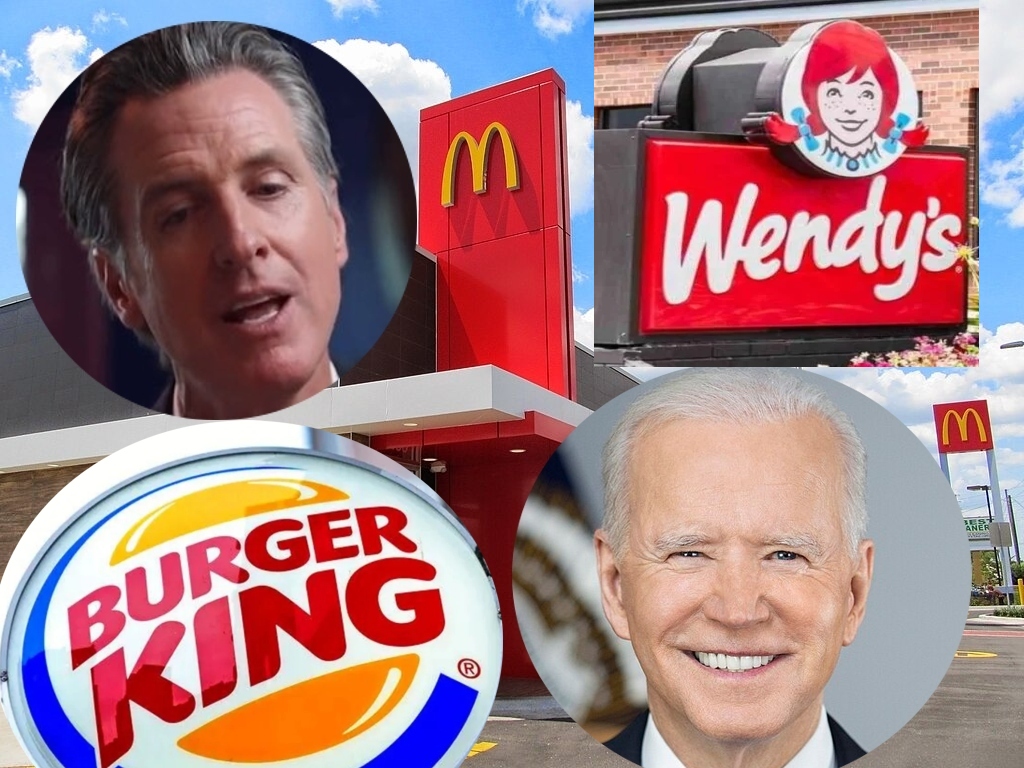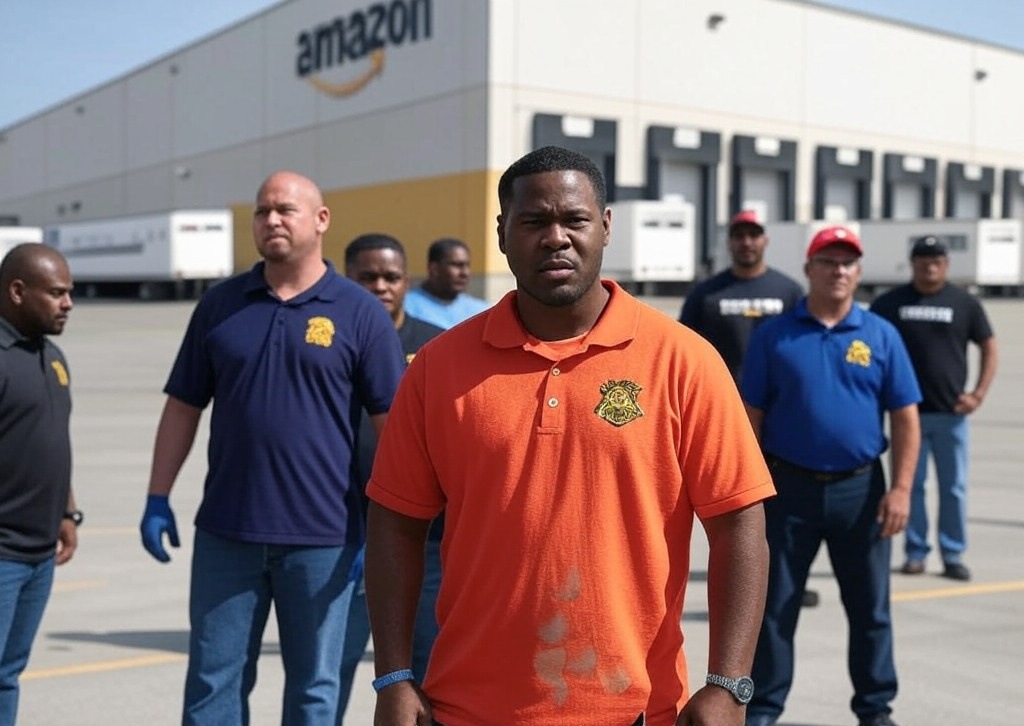In the ever-changing landscape of California’s fast food industry, a formidable challenge looms large, threatening the very core of iconic chains such as McDonald’s and Burger King. Once stalwarts of American dining, these establishments now confront a confluence of economic hurdles that jeopardize their survival.
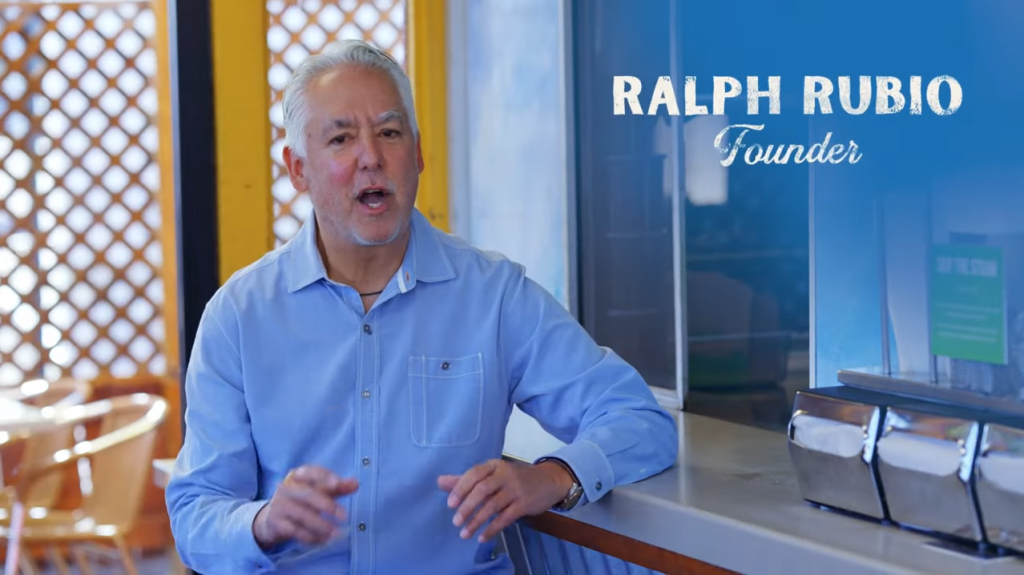
Minimum wage hikes and inflation may bring to close the era of fast food chains in the golden state. With the recent bankruptcy filing of Rubio’s , the home of the fish taco, it may be that the external pressures of high inflation and a high interest rate environment may be pushing the bounds of the fast food business model.
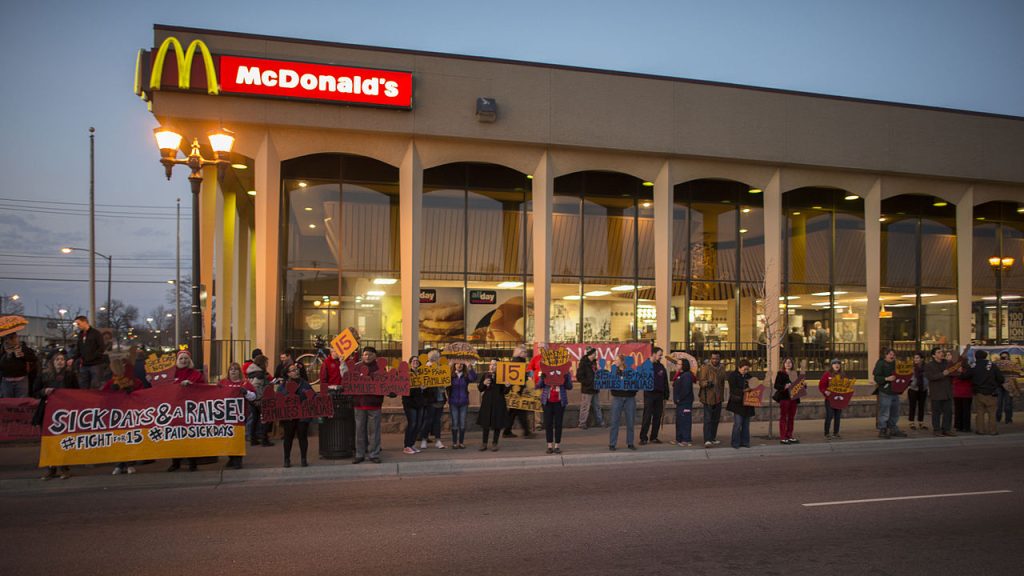
Gone are the days of relying solely on low wages and high volume of low cost products to maintain profitability. The recent enactment of a $20 minimum wage for most fast-food workers in California has shattered this traditional model. Franchise owners can no longer sustain their operations on minimal wages, as the weight of heightened labor expenses casts a shadow over their prospects.
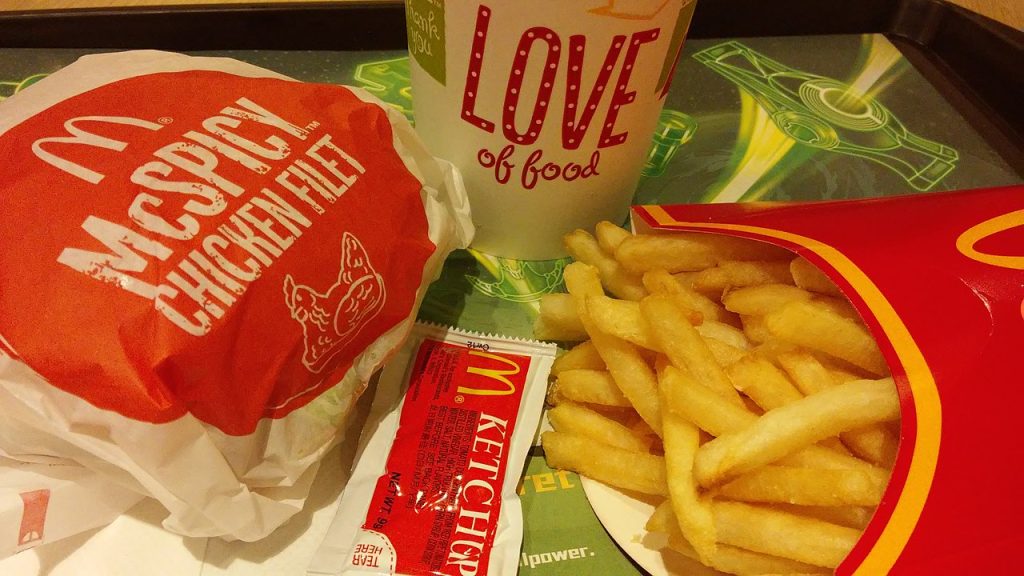
Adding to their woes is the specter of inflation, driving up the costs of essential ingredients like beef, poultry, and vegetables. Fast food giants, heavily dependent on these staples, are faced with a dilemma: either absorb the escalating expenses, risking their financial stability, or transfer the burden onto consumers, potentially alienating their price-sensitive customer base.
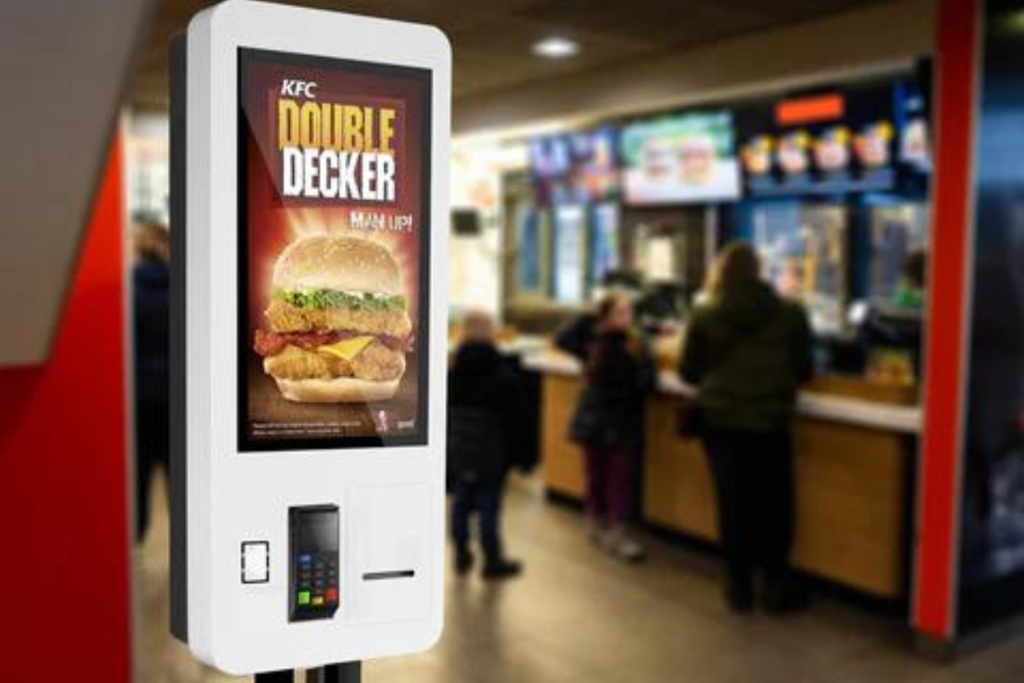
Automated ordering kiosks and robotic kitchen assistants are no longer confined to the realm of science fiction; they are now a tangible reality. While these innovations offer promises of increased efficiency, they also herald a future where human workers are rendered increasingly dispensable.
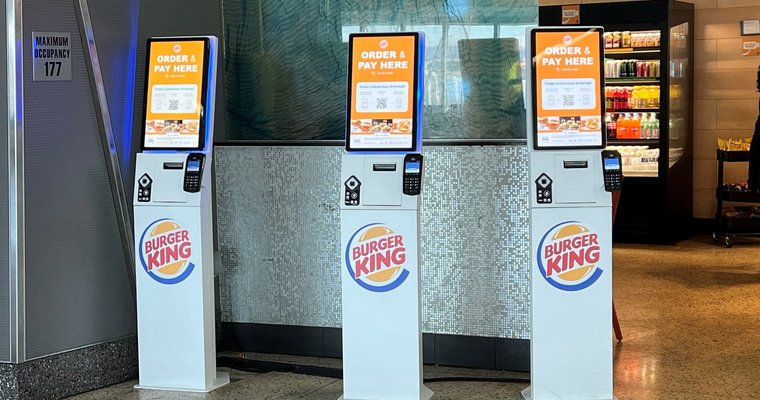
The capital investment required to transition to a fully automated service is substantial and with dwindling profit margins even these may not save the industry. The major draw to fast food for consumers is that it is fast but it has historically also been inexpensive. If you remove the inexpensive nature of the “fast” food does the business model survive?
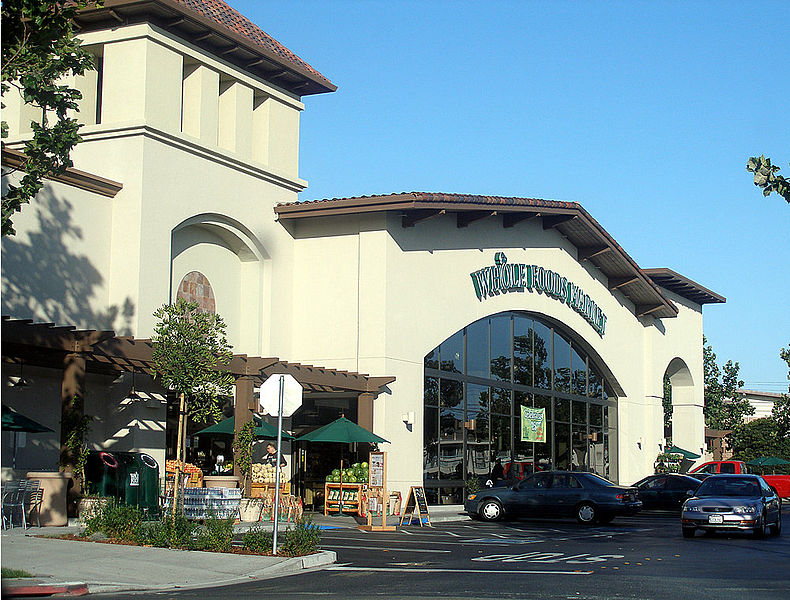
Simultaneously, a profound shift in consumer preferences is underway. Health-conscious Californians, mindful of the nutritional shortcomings associated with fast food, are gravitating towards fresher, healthier alternatives. Chains that fail to adapt to this changing landscape risk being sidelined as more individuals opt to cook at home with more nutritional ingredients.

In light of these mounting obstacles, the viability of the fast food business model in California is called into question. Layoffs, reduced operating hours, and closures loom ominously for those ill-equipped to weather the storm. Nevertheless, amid the chaos, there exists a glimmer of hope for those willing to embrace change.
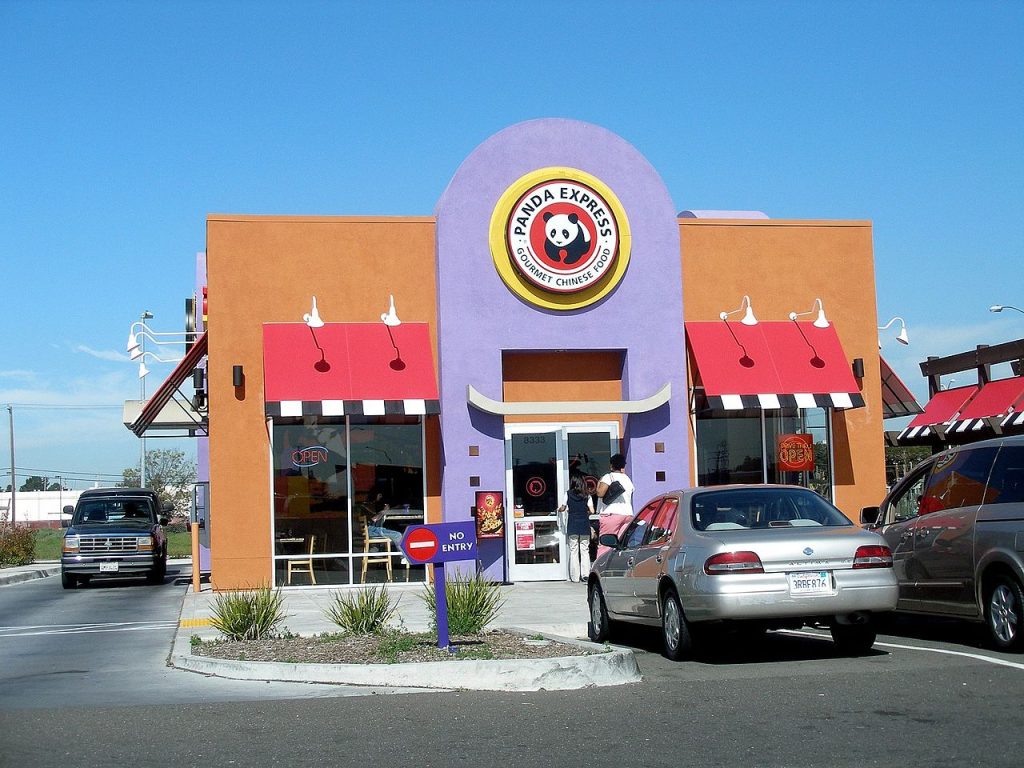
Forward-thinking chains will pivot towards innovation, diversifying their menus to cater to evolving tastes and investing in technology to streamline their operations. They will seize the opportunity to redefine fast food for a new era of health-conscious consumers.
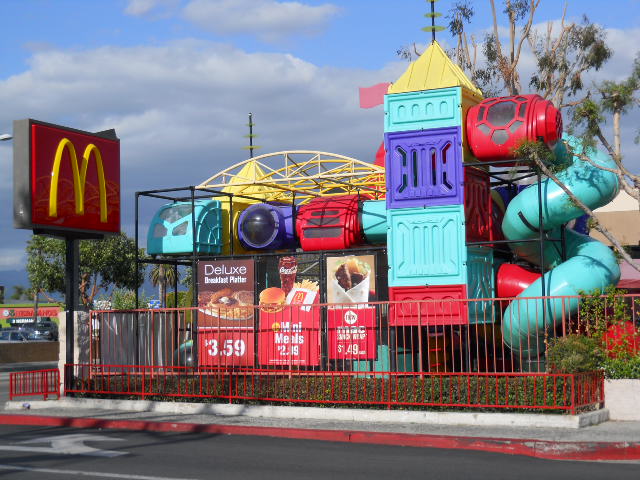
While it’s evident that the traditional fast food business model is now faltering, the collapse of fast food in California may not be immediate. Chains that remain resistant to adaptation risk sliding into insolvency, while those that embrace change stand poised to carve out a meaningful presence in the future of dining. The stage is set, and the stakes have never been higher.

